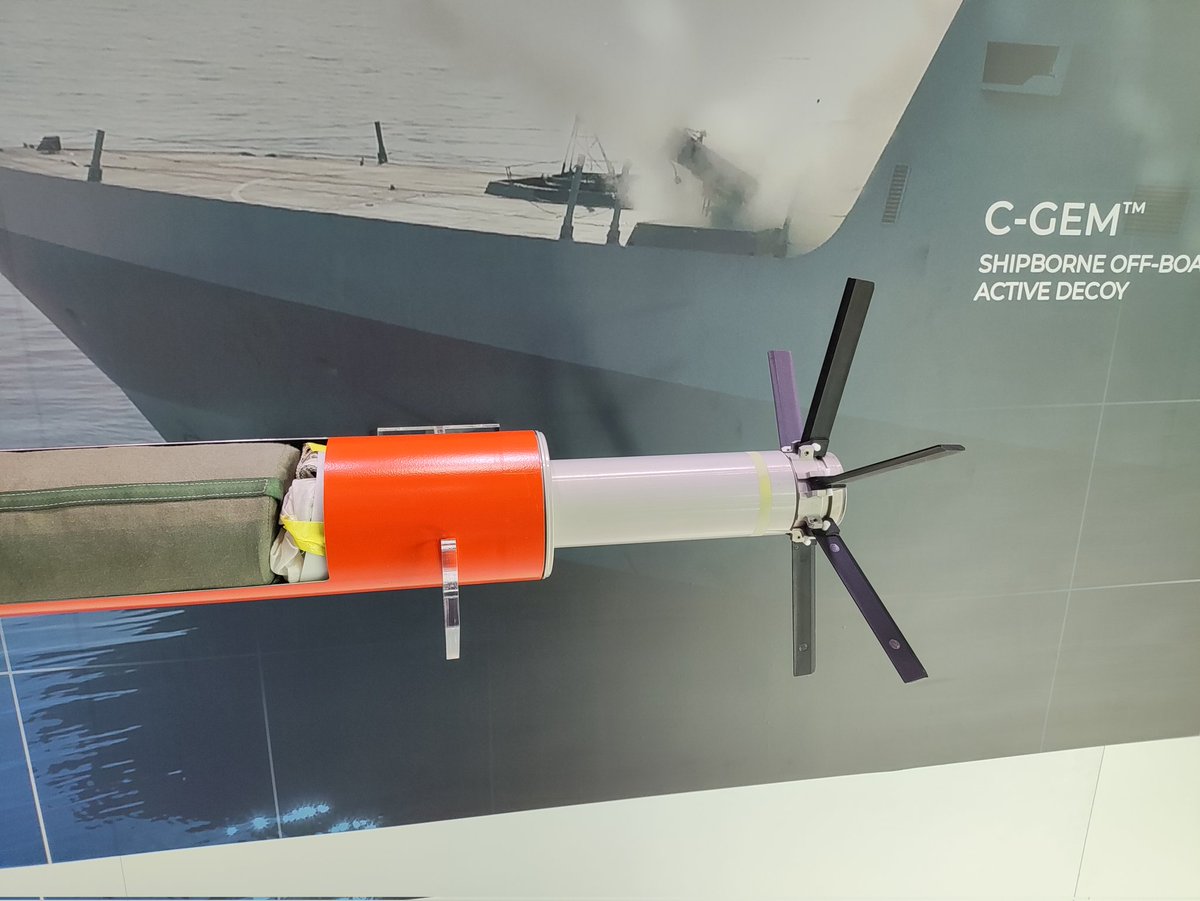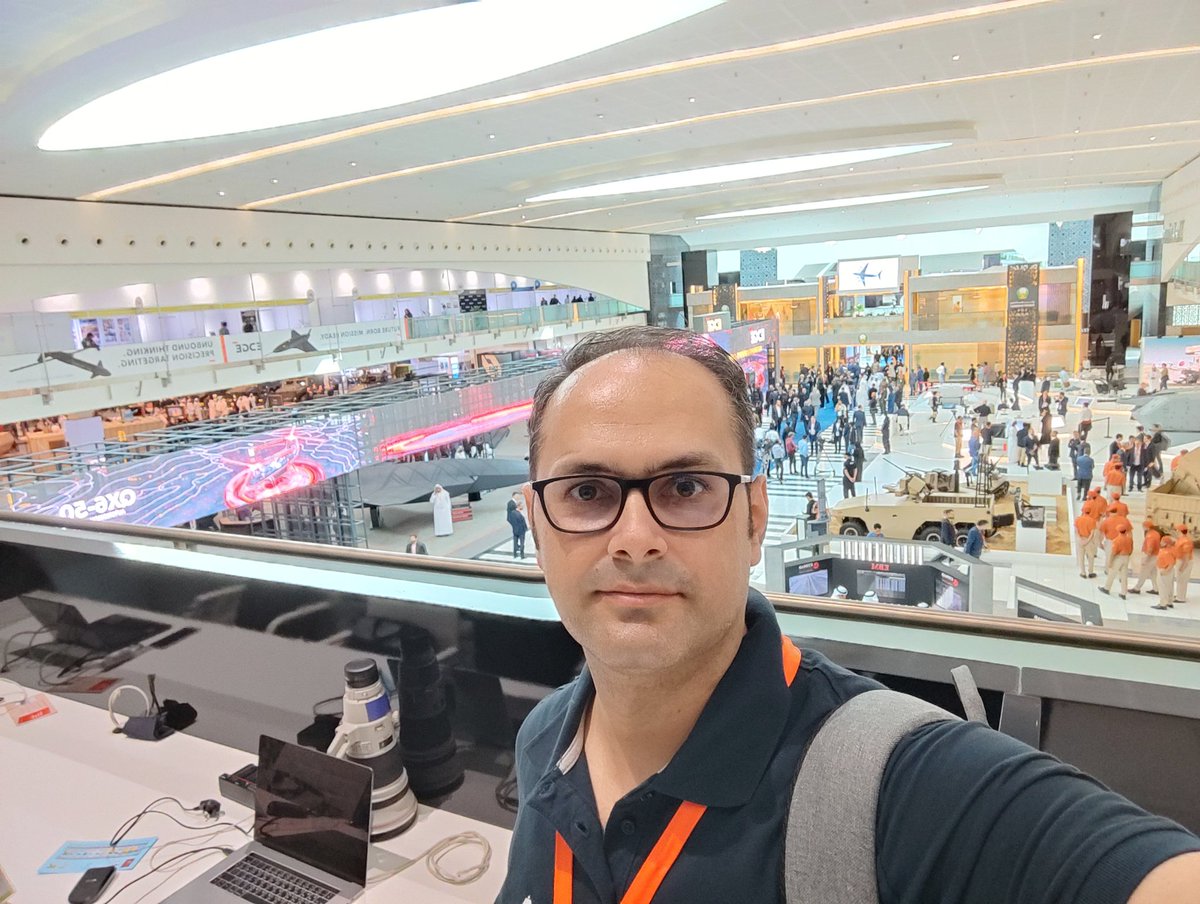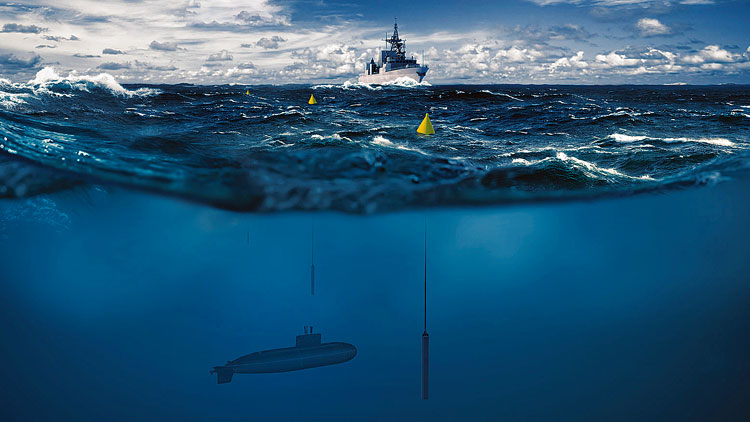I flied to Abu Dhabi 🇦🇪 today to attend #NAVDEX2023 defence exhibition with @navalnewscom team. Stay tuned for exclusive content under this thread 🧵 👍 



.@aselsan's new frigate design with a reversed bow. It's a technological demonstration. The hull number, 2023, refers to the 100th anniversary of the Turkish Republic. #NAVDEX2023 #IDEX2023 

Nice and big pavillion of the Edge Group
Robotic demonstration of Ghost Robotics.
.@BaykarTech showcased AKINCI, the flying fish, with its wide weapons portfolio, including SOM anti-ship missile, Gokdogan and Bozdogan air-to-air missiles, and other indigenous smart munitions. 🇹🇷🦈 





Today, I enjoyed touring Pakistan's PNS Yarmook with the Pakistani brothers. Thanks for the warm welcome, I wish fair winds and following seas. 🇵🇰🤝🇹🇷
Here is my story:
Here is my story:
https://twitter.com/navalnewscom/status/1627766740821200907
Fire fighting demonstration including two men "flying" with jet suits and a surface drone spreading water. #NAVDEX2023
Conference by the Commander of CMF about the use unmanned system and AI technologies in maritime security operations. #NAVDEX2023 



Uncrewed systems dominate #IDEX2023 and #NAVDEX2023, many companies showcased different type of drones for every domain. I covered the Chinese one, the A45, which provided a rare opportunity to learn about several Chinese systems.
https://twitter.com/navalnewscom/status/1627774190580387866?t=IHnHLMR_UDUWYFwSoesRkg&s=19
A technology demonstration. Kronos submarine looks like BatMobile. Still, I am doubtful that it can dive, because the hatches don't look waterproof 😊 But, it's compatible to the soul of Dubai&Abu Dhabi 🤣 







.@RAFAELdefense's C-GEM (Shipborne Off-Board Active Decoy) 







Day-1 video of @navalnewscom's coverage at #NAVDEX2023
https://twitter.com/navalnewscom/status/1628096885100511234
ARCIMS autonomous ASW concept presented by Atlas Elektronik UK




https://twitter.com/navalnewscom/status/1628120741190242333?t=sXmn6_c6rrudZxpJdYyR2A&s=19




China's CSSC showcased 2 variants of JARI USV, which are heavily armed (SAM, SSM, torpedo) and can deployed unmanned helicopter. 







*deploy (auto correction suckz 🙁)
UUVs (Strugeon) and USVs (two variants of JARI and Xuanlong) from Chinese CSSC's booth. The officials were not generous in revealing information. The UUVs are for general purpose (civilian and some military ops) and the USVs are heavily armed compared to their size. 







Herne XLAUV of @BAES_Maritime 





I had a chance to experience the VR/AR powered ship simulator developed by Fincantieri.
The ship is Bergamini-class FREMM frigate, and the environment is La Spezia port.
This simulator is used by the Italian Navy and Qatar Emiri Naval Forces.
The ship is Bergamini-class FREMM frigate, and the environment is La Spezia port.
This simulator is used by the Italian Navy and Qatar Emiri Naval Forces.

The first 3D-printed surface drone, the HYDRA USV, was manufactured in the company’s large 3D printing facility, which is defined as the world’s largest robotic additive manufacturing machinery.
My #NAVDEX2023 coverage for @navalnewscom
navalnews.com/event-news/nav…
My #NAVDEX2023 coverage for @navalnewscom
navalnews.com/event-news/nav…
Chinese torpedoes at CSSC booth. From up to down;
- ET 80 torpedo designed to launch from ASROC-like launchers
- ET 60 lightweight torpedo
- ET 40 heavy torpedo
At the presentation videos of torpedoes, CSSC showed Japanese destroyers as target 🤦
- ET 80 torpedo designed to launch from ASROC-like launchers
- ET 60 lightweight torpedo
- ET 40 heavy torpedo
At the presentation videos of torpedoes, CSSC showed Japanese destroyers as target 🤦

• • •
Missing some Tweet in this thread? You can try to
force a refresh






















